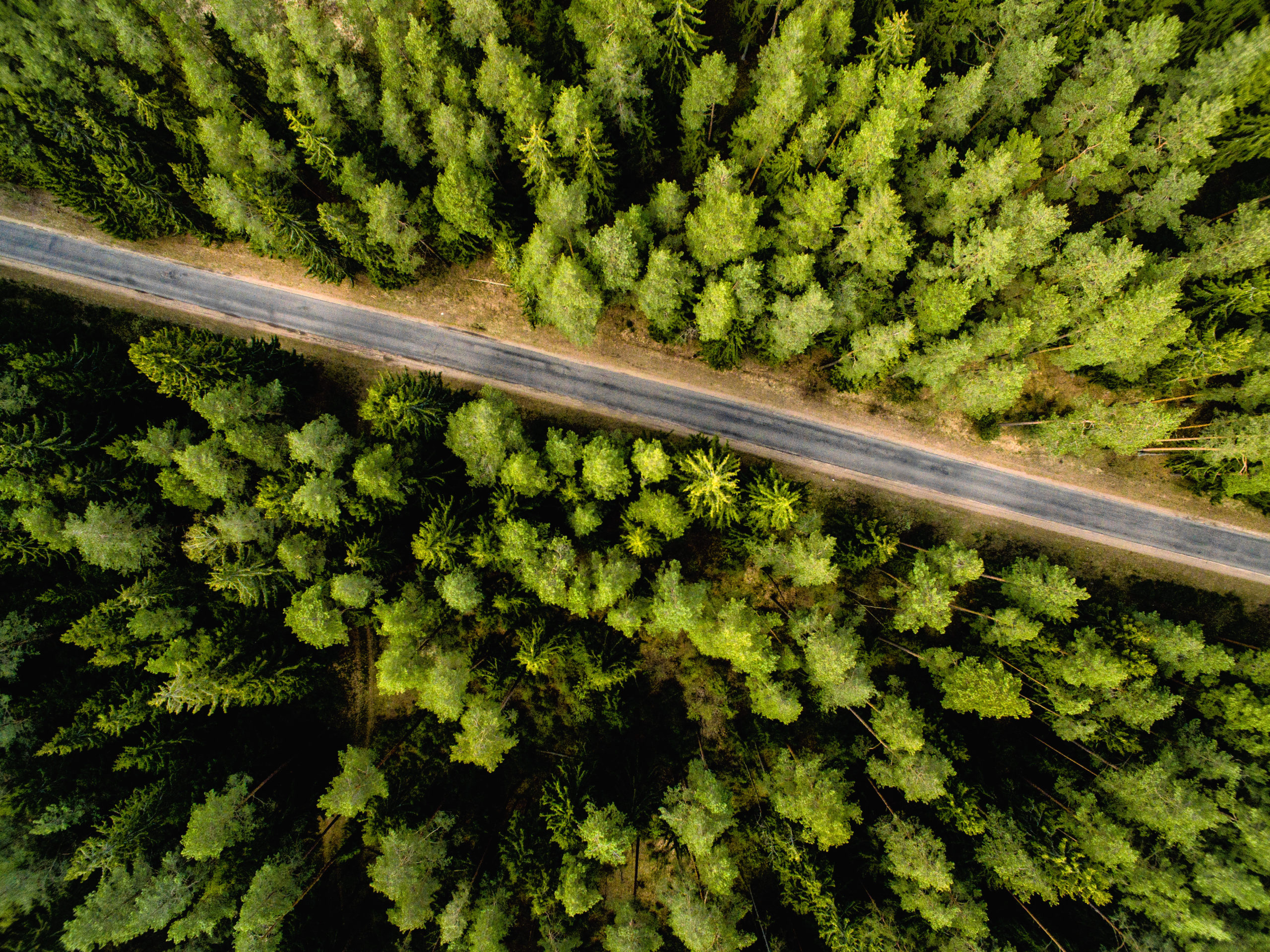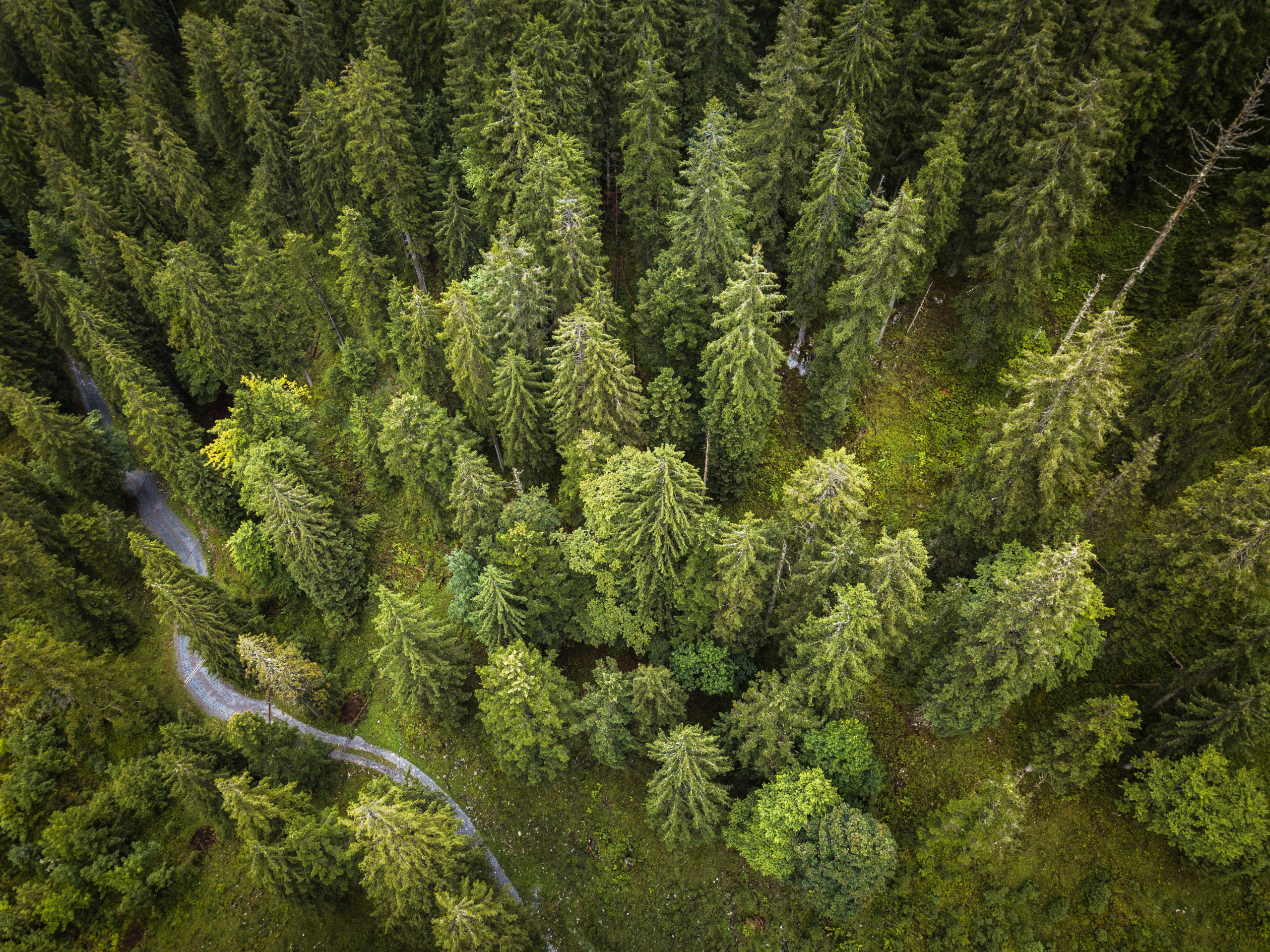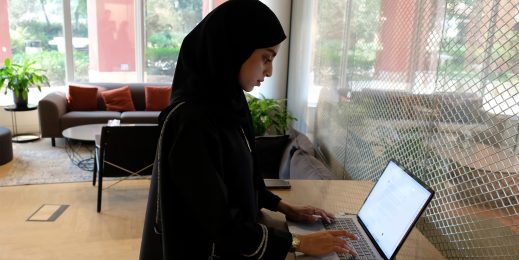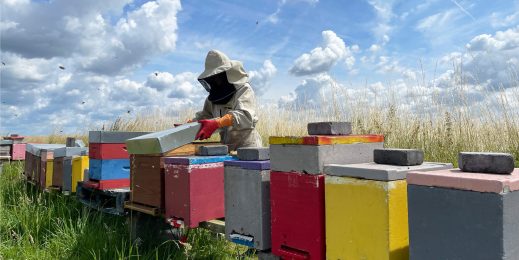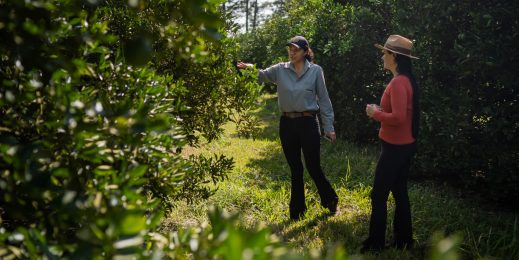
Safeguarding biodiversity using AI
Nature and the benefits that it provides to people are the foundation of our global economy, our culture, and the overall human experience. We depend on clean air, water, food, medicine, energy, and building materials that nature provides, but these very ecosystems are threatened or already in decline. Maintaining nature for the benefit of current and future generations is one of humanity’s greatest challenges. Deploying technology to support this global effort is one of ours.
In January 2020, Microsoft launched a carbon initiative, setting new goals for our company to become carbon negative by the end of this decade. This month, we announced the second step in our sustainability efforts for 2020, focusing on preserving and protecting the biodiversity and health of the world’s ecosystems.
Microsoft’s AI for Earth program puts artificial intelligence technology into the hands of the world’s leading ecologists and conservation technologists, and organizations around the world that are working to protect our planet. So far, we’ve worked to empower more than 500 organizations in 81 countries around the world working on game-changing environmental innovations. Over 130 of those environmental technology projects are run by organizations in Europe, Middle East and Africa.
Each of the stories below will tell you more about how we’re supporting AI for Earth grantees in Europe to protect biodiversity and ecosystems, whether close to home or further afield.
Advancing ocean research through data and technology
The University of Copenhagen in Denmark is investigating how, when, and where warming-induced changes in plankton community impact food webs and the global carbon cycle, helping regions that rely on marine ecosystems to adapt to global change.
Saving the seas: how AI is helping to protect our oceans
IMT Atlantique is developing data-driven and learning-based schemes for the modelling, analysis and reconstruction of ocean atmosphere dynamics using satellite remote sensing data.
Protecting biodiversity, with Shazam4Nature
Shazam4Nature is an acoustic biodiversity monitoring system that captures and records animal sounds through sensitive microphones, and evaluates the acoustic signals using artificial intelligence (AI) in the Azure cloud.
Bee-ing innovative: we4bee combines nature and technology to create AI-powered beehives
we4bee is creating artificial, data-driven beehives that could enable scientists to analyze social patterns of behavior in honeybee colonies. we4bee have created intelligent beehives equipped with sensors that transmit data via Wi-Fi for analysis at the University of Würzburg.
How to protect rainforests with the help of Artificial Intelligence
Between 2010 and 2050, the global road network is expected to grow by 60 percent. Many of the new roads will emerge in areas that are still undeveloped in Africa, South America or Asia, further limiting the habitats of endangered animals. In these often inaccessible areas, the monitoring of these activities is extremely difficult.
RoadMapMonitor wants to use AI to analyze satellite imagery to provide a tool for monitoring, controlling, planning and decision-making to authorities, residents and environmentalists around the world.
Skogsstyrelsen, the Swedish Forest Agency, is using AI to identify larch trees damaged by moths
Coleophora laricella, also known as the western larch case-bearer, is a moth that likes to feed on one particular kind of tree: the larch tree. So far, the western larch case-bearer has caused the most damage in the Swedish south-east, in the province of Västergötland.
To understand and address the level of damage this species causes, the Swedish Forest Agency, Skogsstyrelsen, has been using AI to develop a solution.









